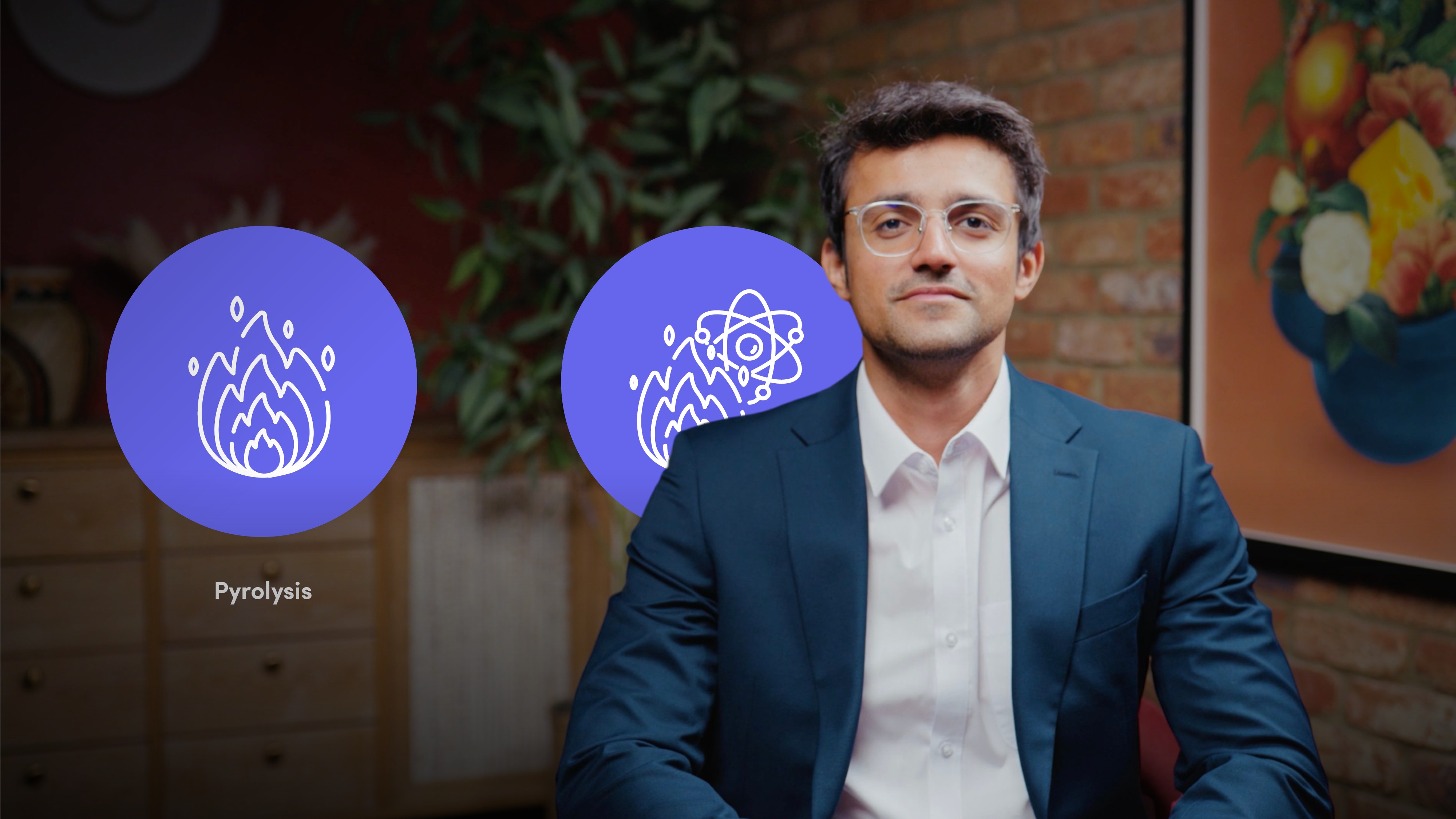What are the two solutions for reaching net zero?
1. Decarbonising our existing operations
Most estimates put decarbonising (reducing the carbon intensity of our operations) as 90% of the solution.
2. Carbon removals
There are certain anthropogenic emissions that cannot be completely avoided (e.g. aviation and shipping etc). We have carbon removals to negate and sequester the remaining 10% of emissions.
What are the two types of carbon removals?
1. Nature-based Solutions (NbS)
These are the conventional ways to remove carbon by creating more natural carbon sinks (e.g. planting trees and restoring forests and mangroves). It usually comes with co-benefits such as improving biodiversity, water purification and air quality. However, these natural sinks last anywhere between 50-100 years. Once a tree dies, the stored carbon is released back into the atmosphere, in the form of methane.
2. Engineered Solutions (ES)
These are man-made ways to increase the earth’s carbon storage, ranging from biochar to direct air capture (DAC). This involves storing carbon from anywhere between 100-10,000+ years. These effectively remove carbon from the carbon cycle.
How does biochar work?
Biochar is a charcoal-like substance made from the pyrolysis or gasification of wastes and residues, such as rice husks. The biochar producer takes cellulosic waste/residue (which would have otherwise decomposed or been burnt) and pyrolyzes it. Pyrolysis is heating in the absence of oxygen, which prevents the material from being fully burnt. Biochar is an engineered solution that usually sequesters carbon for around 800-1,000 years. Using rice husk as an example, approximately 50% of the carbon is released back into the atmosphere while the other 50% is stored in biochar with pyrolysis. The biochar is then buried it in the soil, where it improves soil characteristics and increases yields.
What are the two types of biochar processes?
1. Pyrolysis
This is the thermal transformation of materials in the absence of oxygen. Usually biochar production systems produce condensable and non-condensable gases. The former may be converted into liquids (called pyrolysis acids and oils) while the latter are combusted to generate heat, making the pyrolysis process energy self-sufficient. Pyrolysis processes can be divided into two subgroups - slow and fast pyrolysis.
2. Gasification
This is a two-step process generally involving pyrolysis and oxidation, which can generate biochar, although with a lower feedstock to biochar yield. Gasification usually produces more gas than biochar with very little (if any) liquids. Like pyrolysis, it is usually completely energy self-sufficient.





